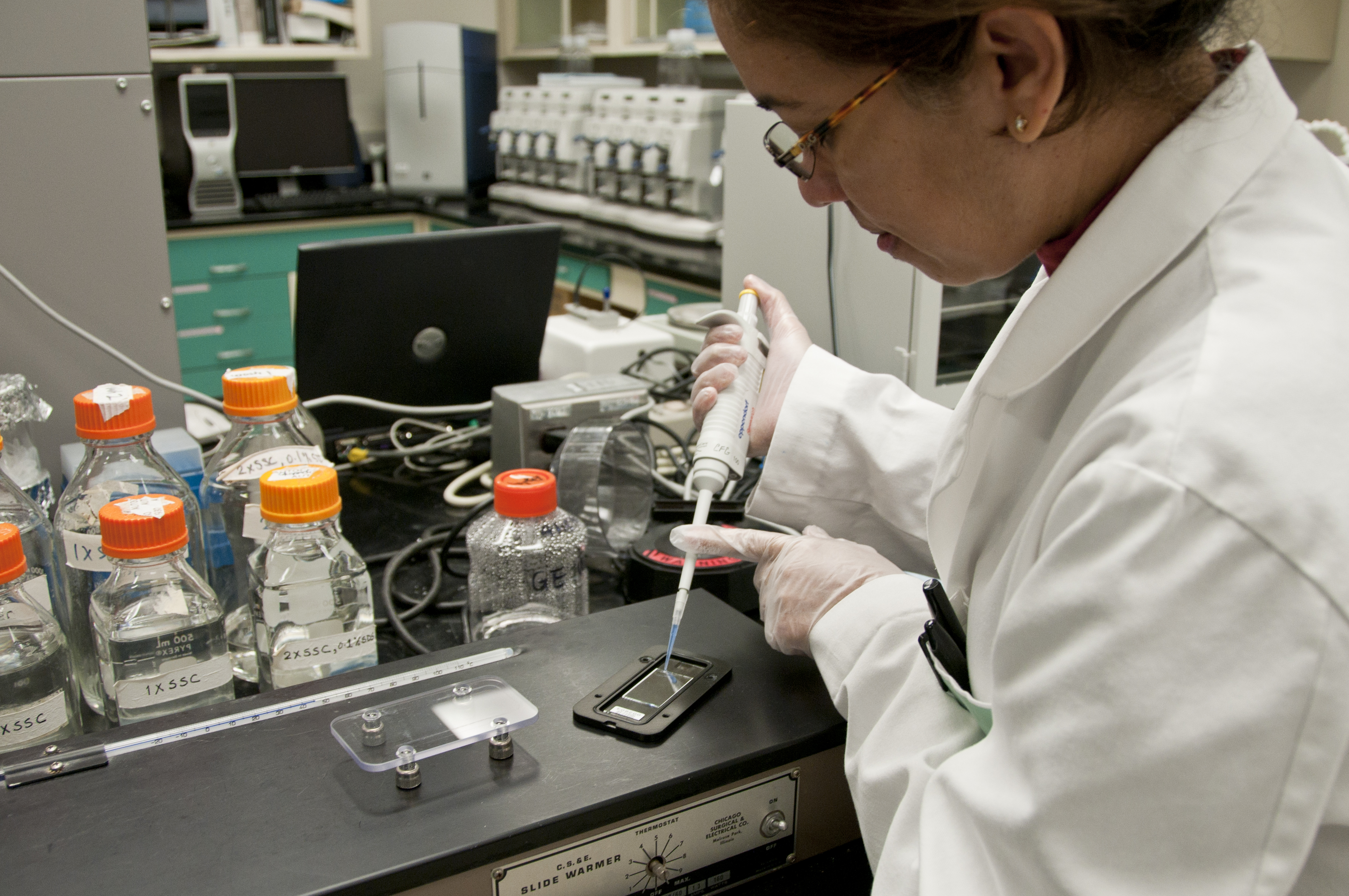
Photo from academic.microsoft.com
The Autonomous Sensory Meridian Response (ASMR) is a tingling sensation across the scalp that occur in response to specific triggering audio and visual stimuli, connected with the Default Mode Network.… Click to show full abstract
The Autonomous Sensory Meridian Response (ASMR) is a tingling sensation across the scalp that occur in response to specific triggering audio and visual stimuli, connected with the Default Mode Network. Our study (N = 76) aimed to test the neurophysiology of ASMR by examining pupil diameter and brain activity. Assuming the idiosyncratic nature of ASMR, we expected results detecting opposite physiological outcomes considering pupil diameter and brain activation. We used a battery of self-reports to investigate psychological dimensions; for the physiological measures, we used two instruments: PupilCore and NeuroSky MindWave Mobile 2. The results showed an augmented pupillary diameter during the ASMR video, regardless of the perception of tingles. On the other hand, the arousal level during the ASMR video was lower than the other conditions. The difference between the two neurophysiological measures appeared as peculiar and can be considered as the promoting phenomenon for ASMR psychological outcomes.
Journal Title: International Journal of Environmental Research and Public Health
Year Published: 2021
Link to full text (if available)
Share on Social Media: Sign Up to like & get
recommendations!